The weather has been cool and rainy, most of my floormates are away during their break, and the archives are overbooked. Needless to say, there is not much “exciting” going on here, but I have been taking that time to get work done from the comfort of my room. I decided to combine two weeks into one post to maximize interest.
The first week was highlighted with a Zoom call to a fellow Notre Dame School of Architecture and Fulbright Alumna who is currently living and working in Berlin. It was interesting to meet someone with these connections. I also spent one morning in the State Archive and one evening doing Zoom Yoga with a few Fulbrighters. Two different nights I played cards with the few floormates who are around. Saturday evening Kacper, his brother, and I went to Mass and then hung out with Kacper’s brother’s girlfriend at her apartment. On Sunday night Kacper and I ate pizza while watching a movie.
I braved walking through pelting rain on Monday to meet Samantha, a Fulbright friend, for a goodbye lunch since it was her last full day in Munich. I benefitted by gaining some of her leftover groceries and home goods that she didn’t want to take home.
The rest of the weekdays were dedicated to work time with breaks in the evenings to hang out with Kacper. The Haus der Kunst, a contemporary art museum, has free entry on the first Thursday of the month, and my motivation for going was two-fold: to enjoy art and to examine the building. The museum itself is one of the three remaining buildings designed by the architect that I am studying. It was originally an art museum for Nazi propaganda and housed the “Great German Art Exhibit” and the “Degenerate Art Exhibit,” defining what art was acceptable and creating yet another way to ostracize those whose sympathies contradicted Nazi ideals. Immediately after the war, the building was used as an American Officer’s Club before returning to its function as an art museum.
The sun was shining on Sunday, creating a great mood for going to church, working, cooking carbonara with Kacper, and going to the “Nordfriedhof,” or “North Cemetery,” for sketching.
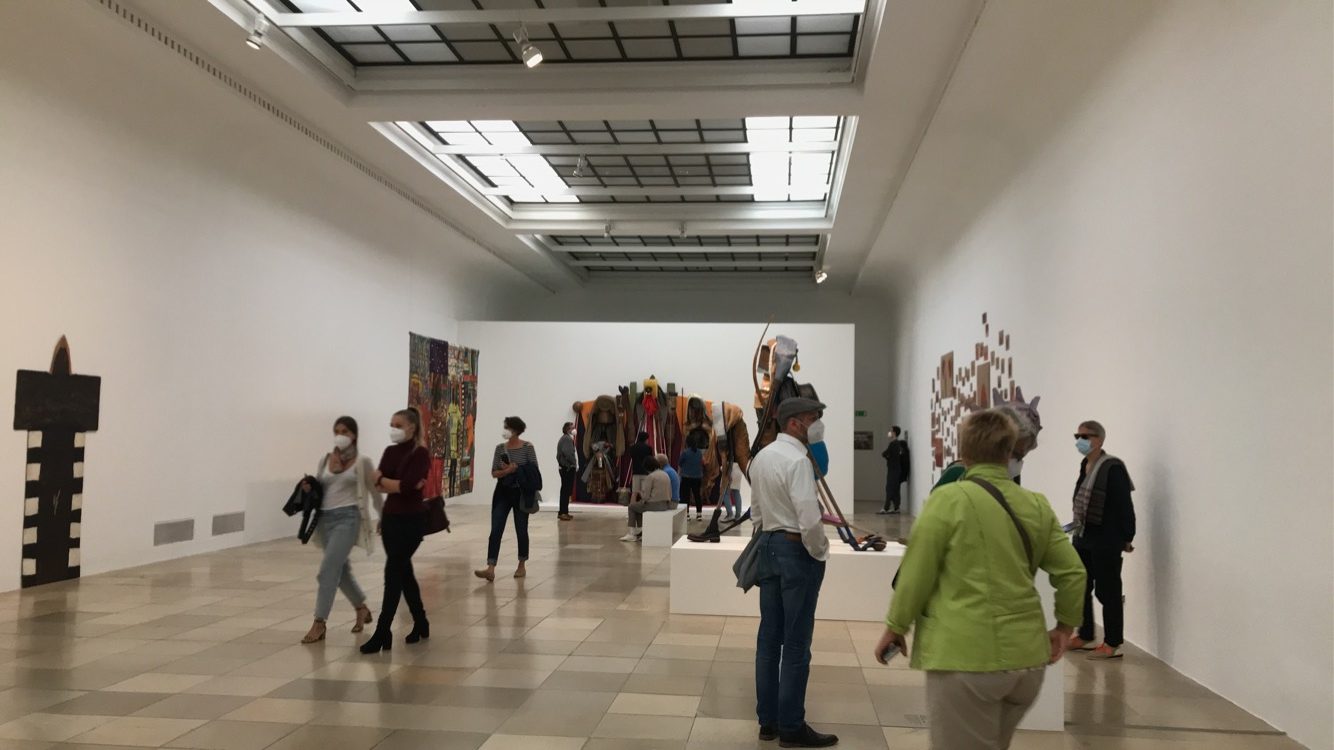













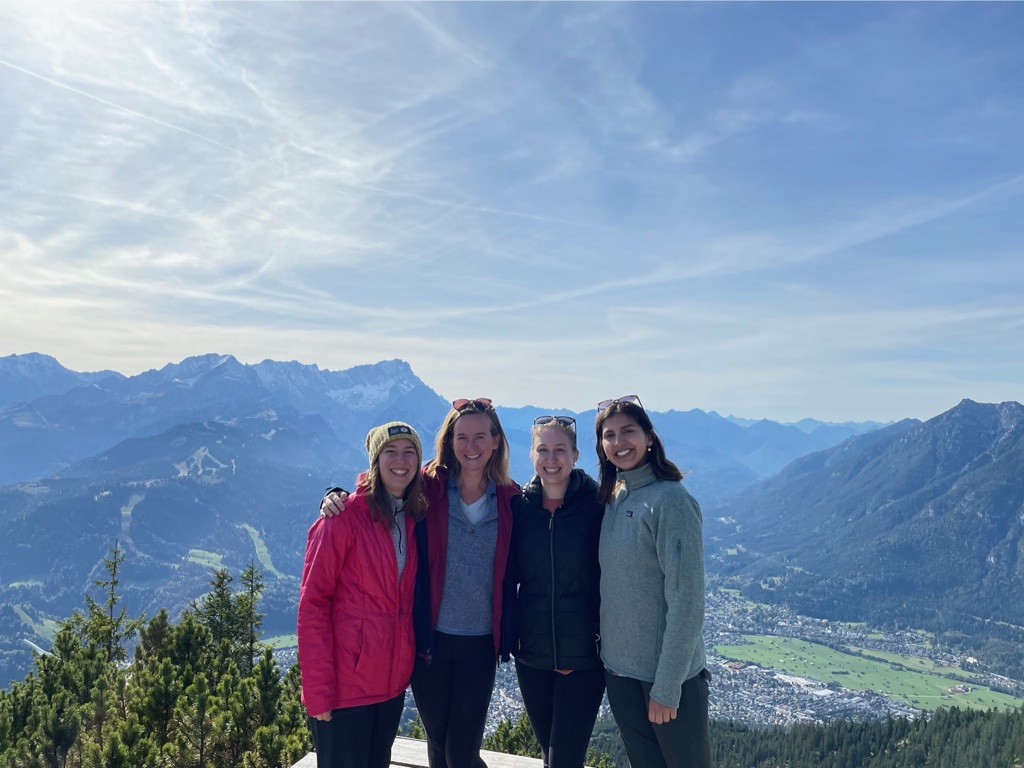
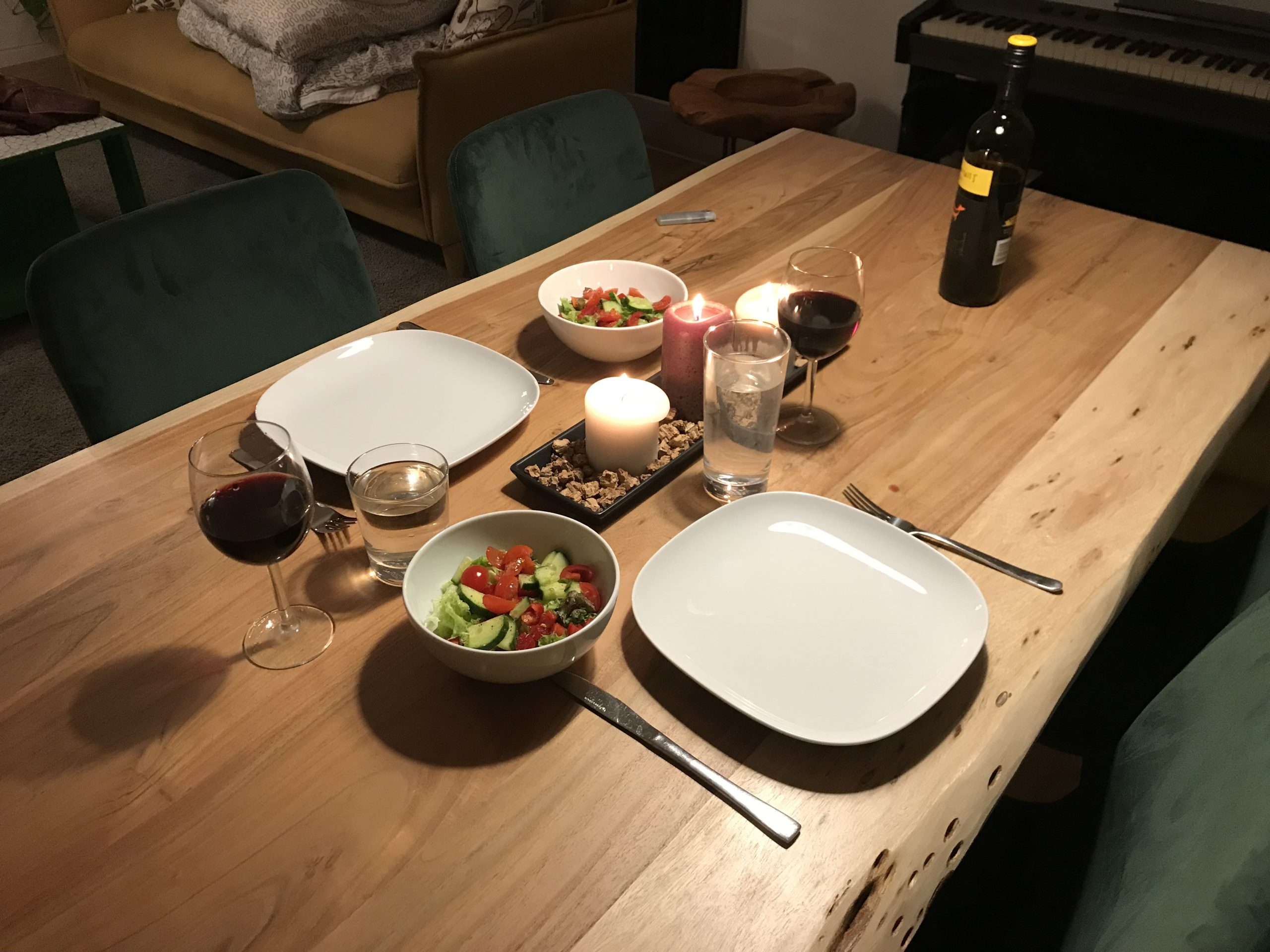
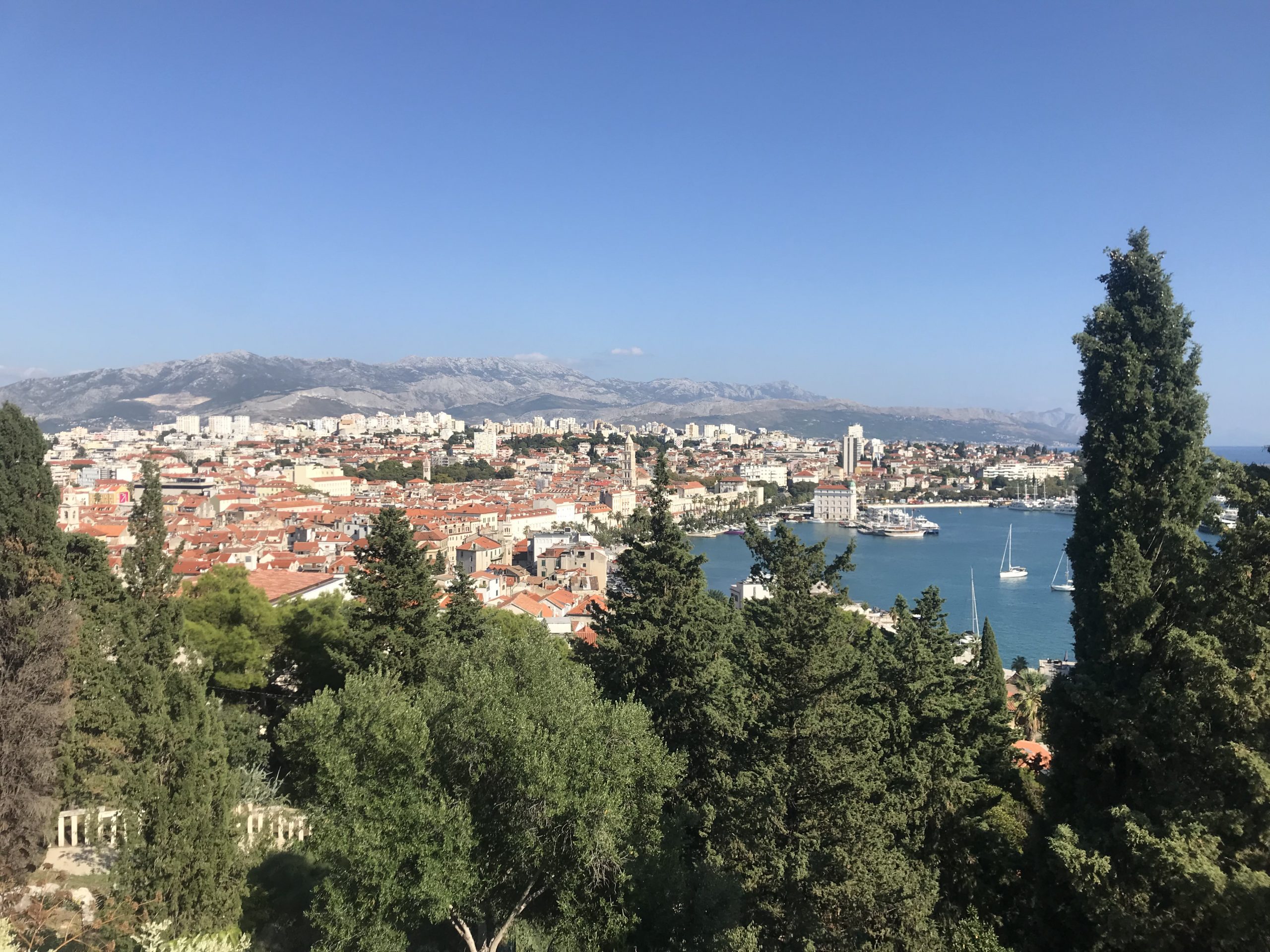

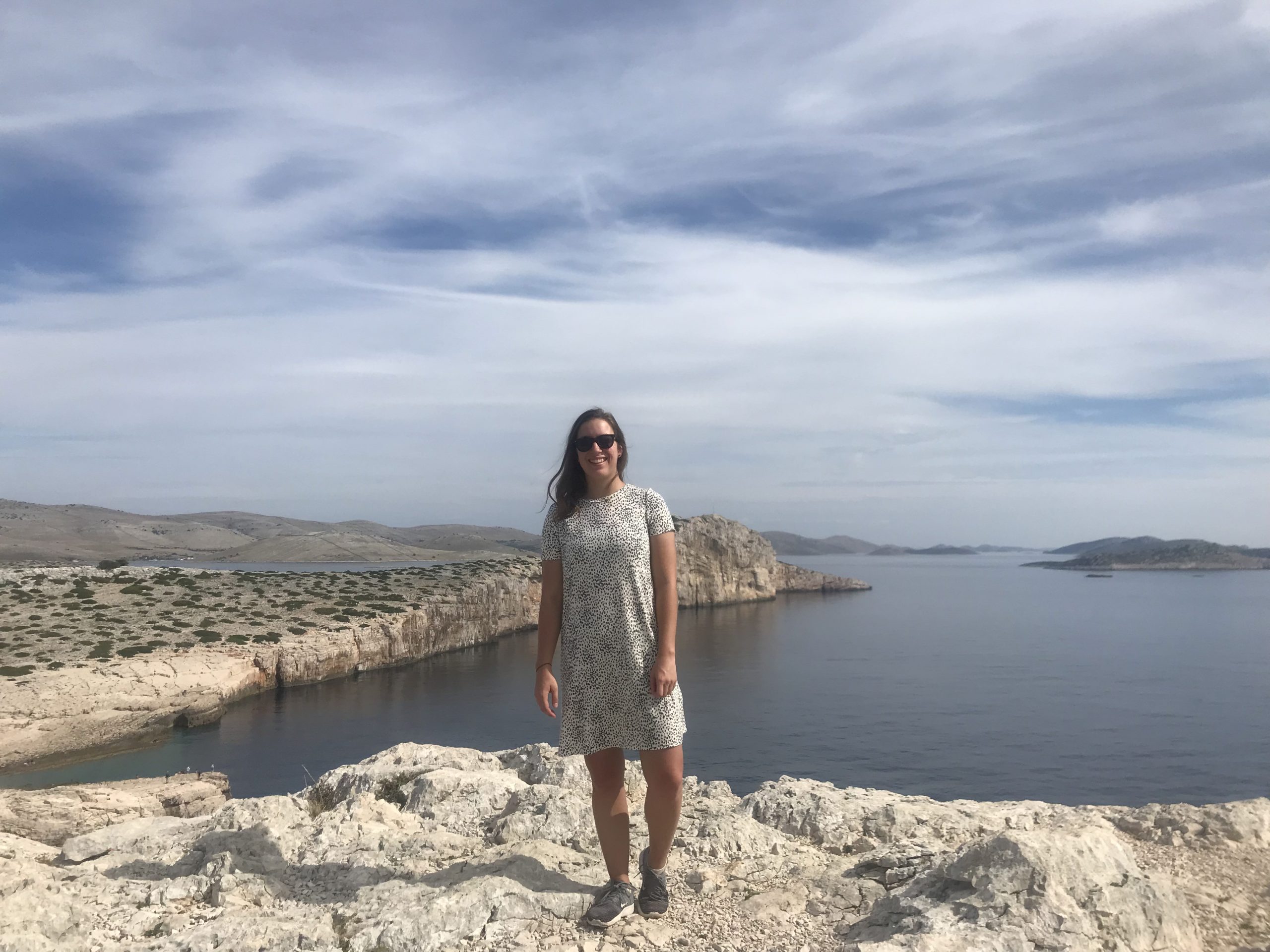
Leave A Comment